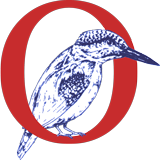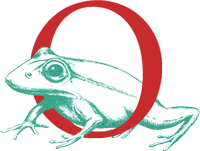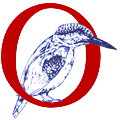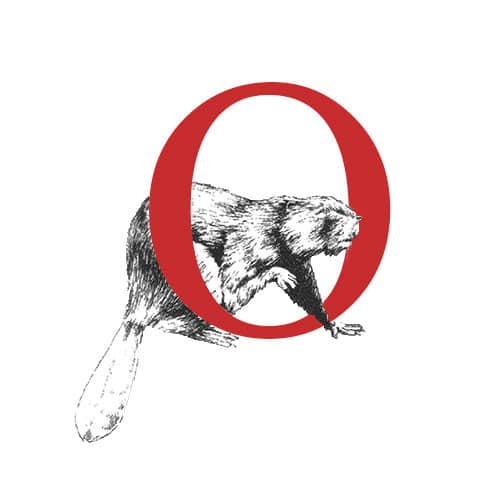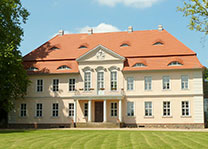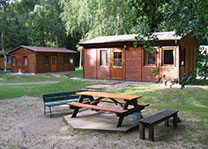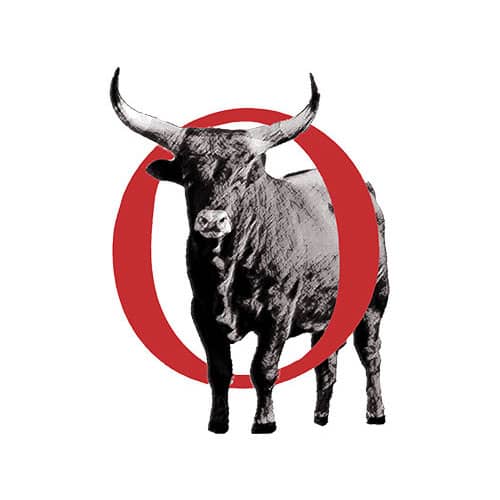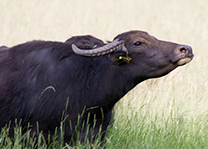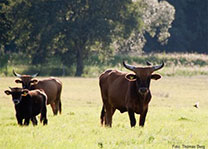Aurochs and Koniks in the polder near Lunow (April 22nd, 2010)
Since March 2010, the Association of Friends of the German-Polish European National Park Unteres Odertal eV (Association) has had a herd of heck cattle, a bull, up to now twelve people two cows and nine heifers.
The cattle are kept in an extensive manner (0.2–0.5 livestock units per hectare) in a natural meadow landscape, socialized with Konik horses.
Heck cattle are back-breeds of the aurochs, the wild urs, which were exterminated in Central Europe in the 17th century and which can be traced back to the brothers Lutz and Heinz Heck. The zoo directors in Berlin and Munich crossed original European domestic cattle in such a way that, at least in terms of their phenotype, i.e. their appearance, cattle were produced again that look similar to the wild Ur, but have so far been a bit smaller. The aim of the breeding is to adapt the Heck cattle not only in appearance, color and horn shape, but also in size to the wild Ur, for example by crossing large cattle breeds from Italy and Spain.
Koniks are original horses, which in Poland are essentially the genotype, but probably also the phenotype of the western wild horse that was exterminated in Europe in the early modern period, i.e. the Tarpan.
Heck cattle and tarpans are extremely robust, resilient, undemanding and frugal animals, weather-resistant and easy to handle with good care and regular supervision.
The association as a conservationist connects with the keeping of Heck cattle and Koniks the expectation that they will loosen up the previously rather monotonous agricultural landscape with low stocking density and create new, diverse habitats for plants and animals. So your attitude fits in perfectly with the federal government’s biodiversity strategy. Species richness and habitat diversity should be promoted.
The association as a registered agricultural enterprise uses Heck cattle and Koniks as livestock for organic farming. With the help of the marketing of the breeding animals or their excellent meat, but also with the usual agricultural subsidies, money can be made. The association therefore sees the keeping of the Heck cattle a contribution to the reconciliation of agriculture and nature conservation and wants to set an example for adapted management in protected areas.
Heck cattle and Koniks are not only important for nature conservation and agriculture, but also for the tourism . The imposing and well-fortified animals fit well into the national park region and represent an urgently needed tourist attraction, especially in the previously neglected south of the national park.
Thomas Berg
CEO
